Spring is whispering to us.
Yesterday at Raccoon Creek State Park I saw a sugar maple whose branch tips were broken in last week’s wind storm. The sap was already rising in this tree and, because the air was below freezing, the sap formed icicles at the tips of the branches.
Maple sugar time is just one of the signs to watch for in late February.
Chuck Tague’s latest phenology explains more about maple sugaring and some cool things to look for in the earliest signs of spring. Below is a quick peek at his list. Click here for his full report.
- Ice leaves the lakes, the ducks fly north.
- Tundra swans will be on the move too.
- Watch for the first turkey vultures to arrive, just one or two at first. To see a lot of them, go to Hinckley Township, Ohio for Buzzard Day on March 15.
- Male common grackles and red-winged blackbirds will soon push north to set up territory before their ladies arrive.
- Skunk cabbage will poke its head out of the snow. Yesterday at Raccoon I found some as tall as my thumb.
- Watch for European Starlings to become glossy while their beaks turn yellow for spring.
- The days are getting longer! By February 28 we’ll have more than 11 hours of daylight and the sun will set after 6:00pm.
(photo of a traditional maple sugar tap from Wikipedia Commons. Click on the photo to see the original.)
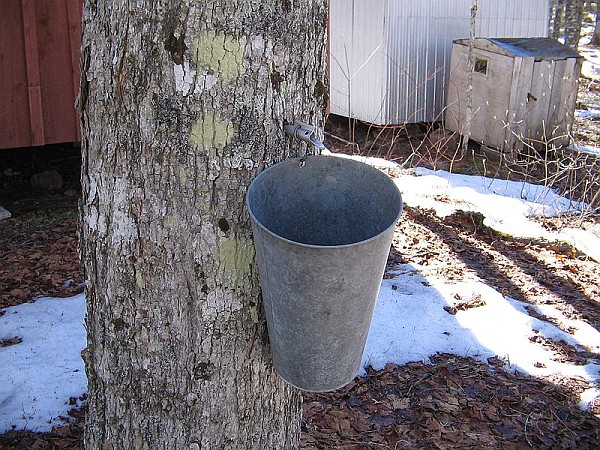
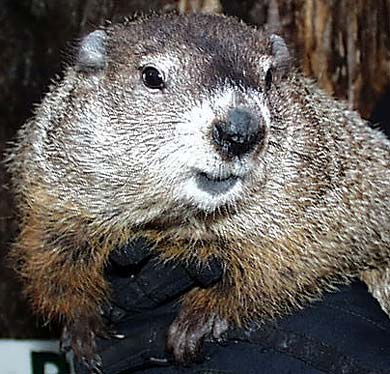
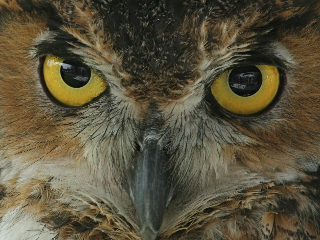 We’re immersed in winter but nature is still busy outdoors.
We’re immersed in winter but nature is still busy outdoors.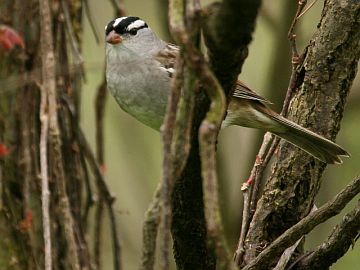 December 2008
December 2008
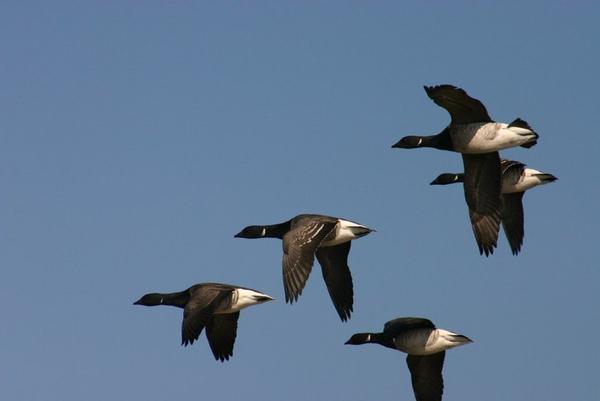
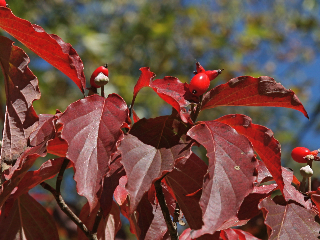 16 October 2008
16 October 2008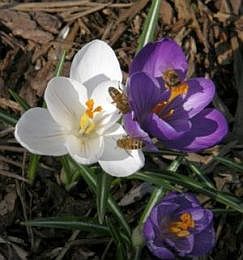 It was almost 60o today in Pittsburgh. When I got home from work the crocuses had started blooming in my back yard.
It was almost 60o today in Pittsburgh. When I got home from work the crocuses had started blooming in my back yard.